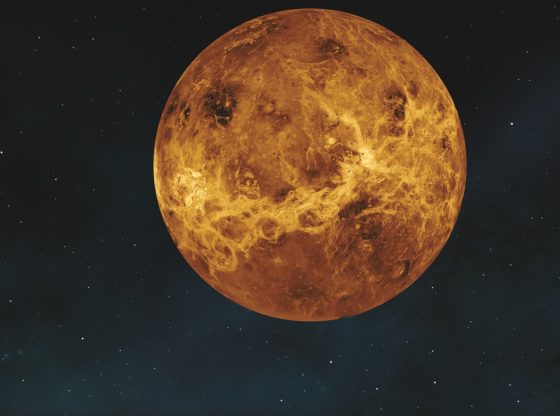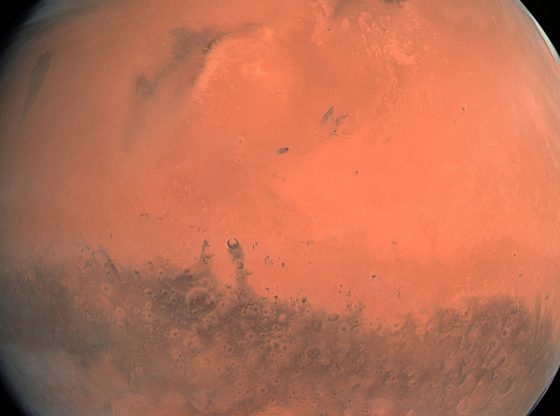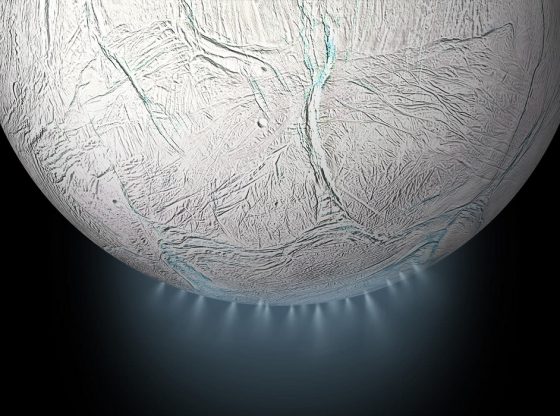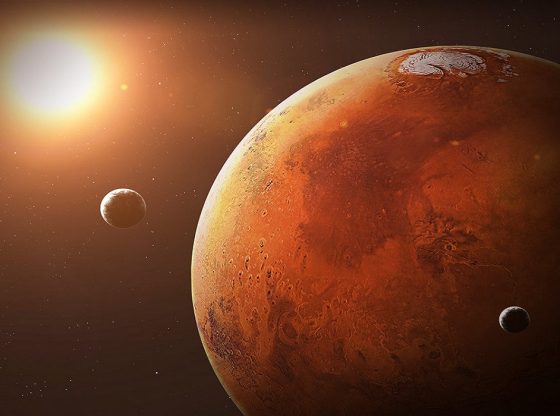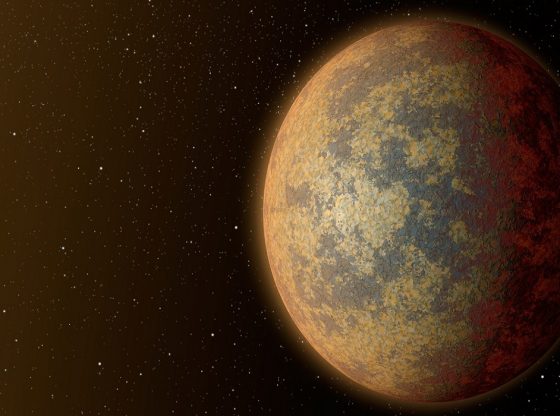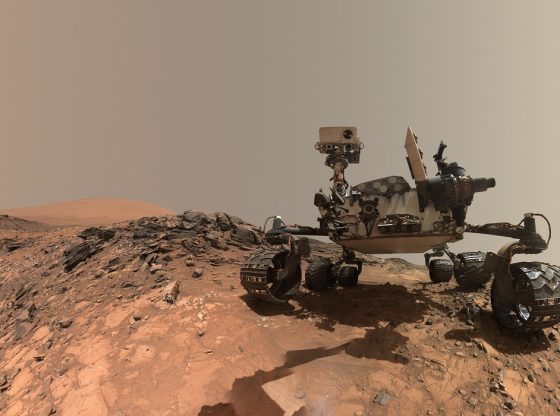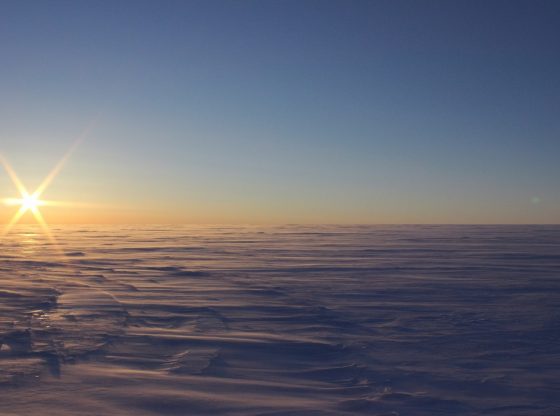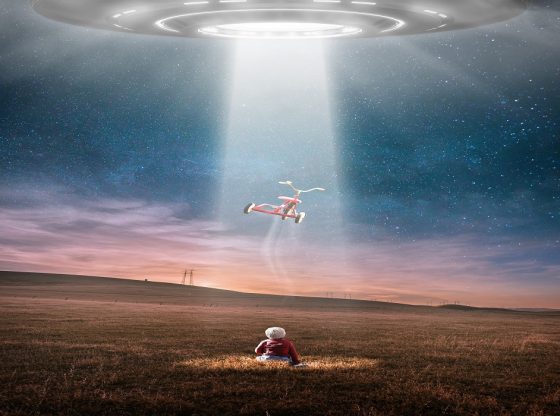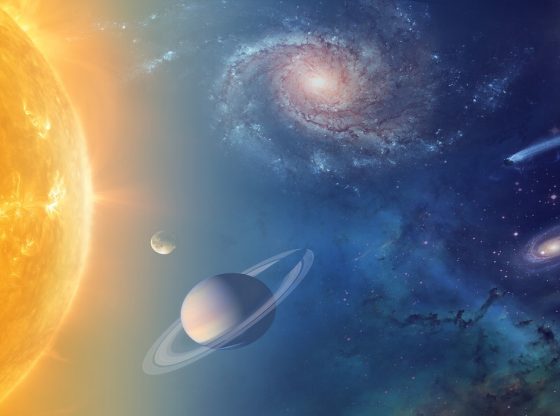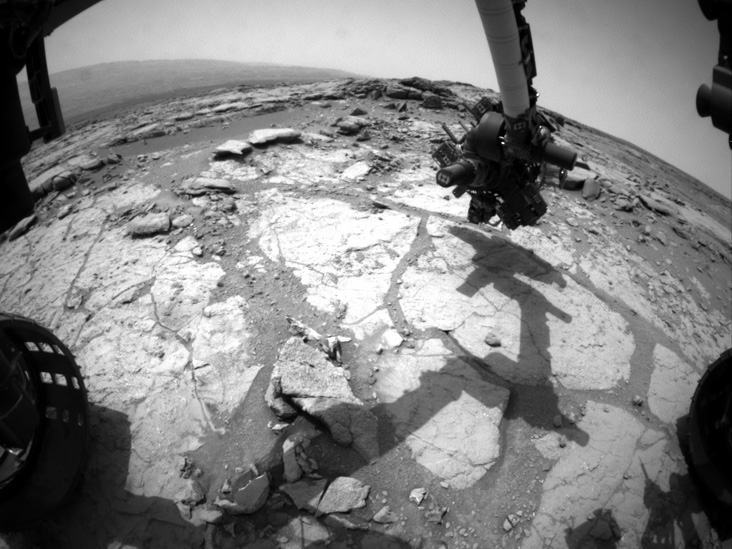
Mars Science Laboratory, aka Curiosity, continues its mission to Mars, to explore and to identify conditions suitable for life past or present, and possibly life itself. The robotic rover has now drilled its second hole taking samples from the interior of a rock named “Cumberland”.
Perhaps not a very impressive hole, it should, however, be deep enough to allow for a more specific analysis of the environment of Mars, compared to just analyzing the surface dirt. The hole dimensions are about 1,6 cm in diameter and 6,6 cm deep. The Martian nuclear rover will now analyze the sample using its multiple analysis instruments.
This is the second hole drilled by Curiosity. The first hole was done on the “John Klein” rock. That drilling sample actually indicated the possibility of microbial life, with such elements as sulfur, nitrogen, hydrogen, oxygen, and carbon. These are all substances important for life to develop and to be sustained. This is an indication that Mars could indeed have once sustained microbial life.
The MSL primary mission is to figure out if the red planet could have ever supported life and naturally we all hope that Curiosity’s results will back up the findings from John Klein. Hopefully finding the same elements and an energy gradient that could be used by microbes – and also evidence of water.
After a few more high-priority observations in and around Yellowknife Bay, the rover is due to start rolling off to Mount Sharp, a trek that will take several months.
______________
Curiosity Rover Mission Page
____________________________

